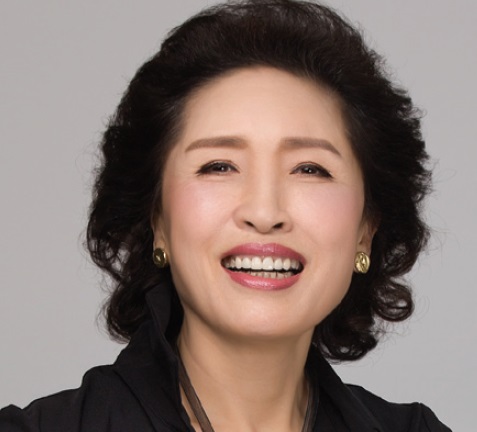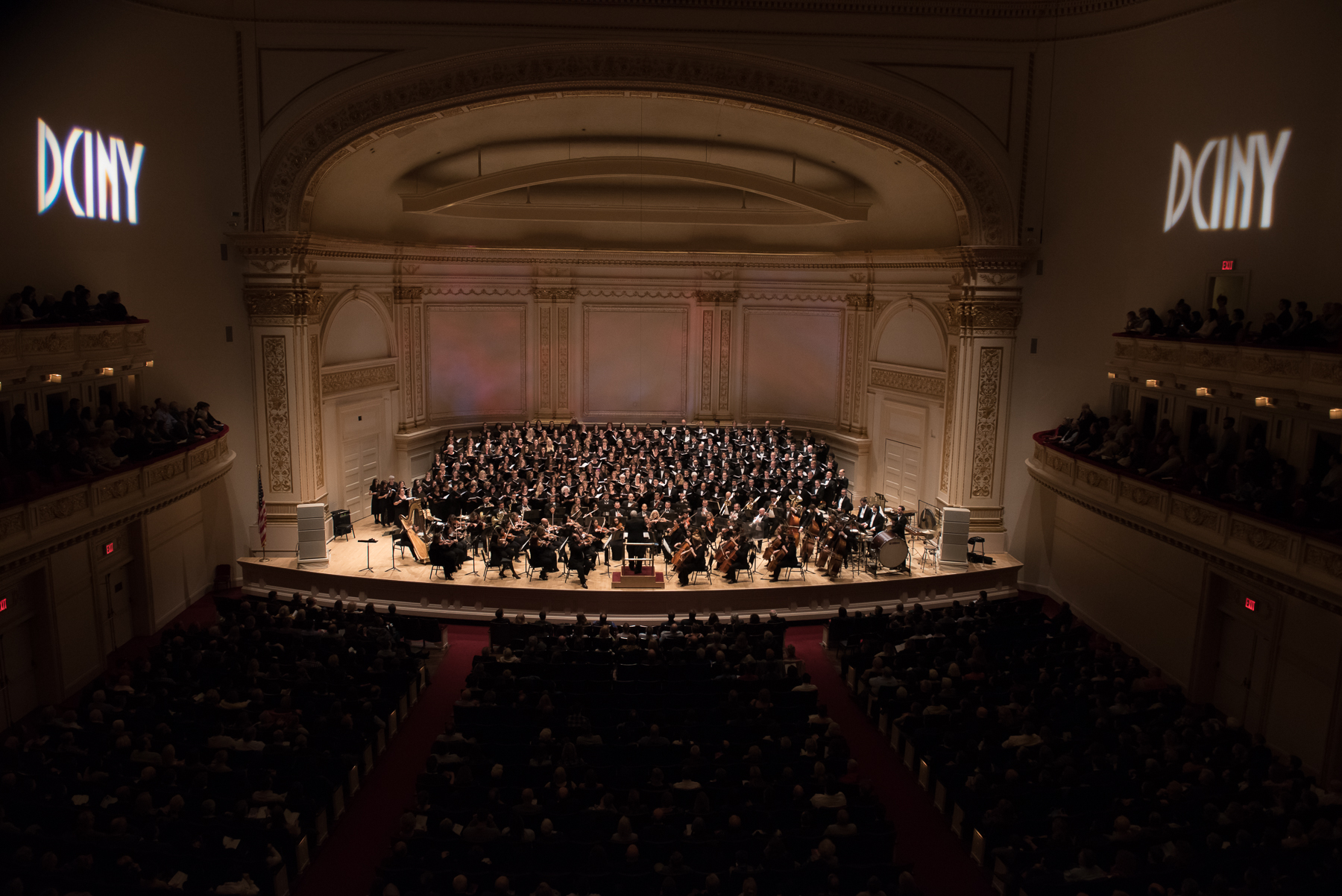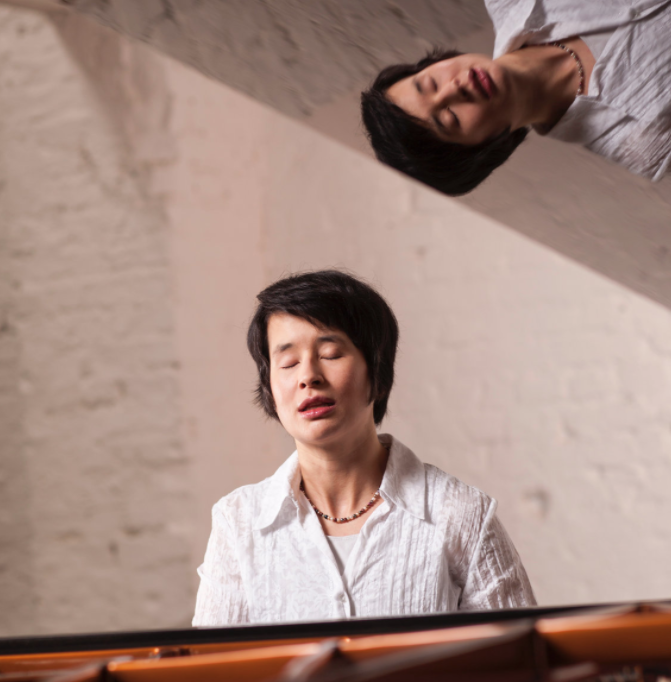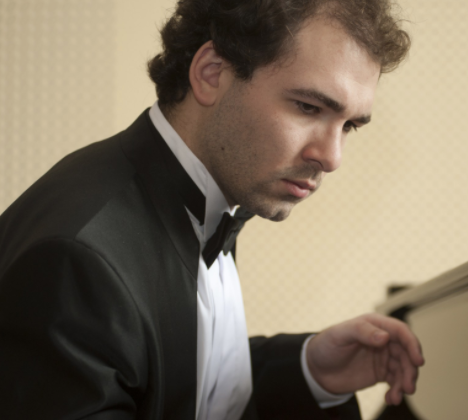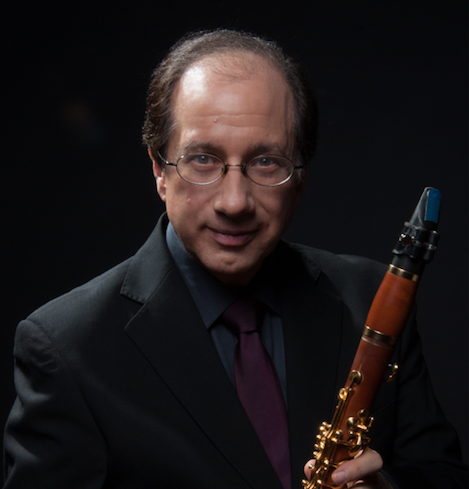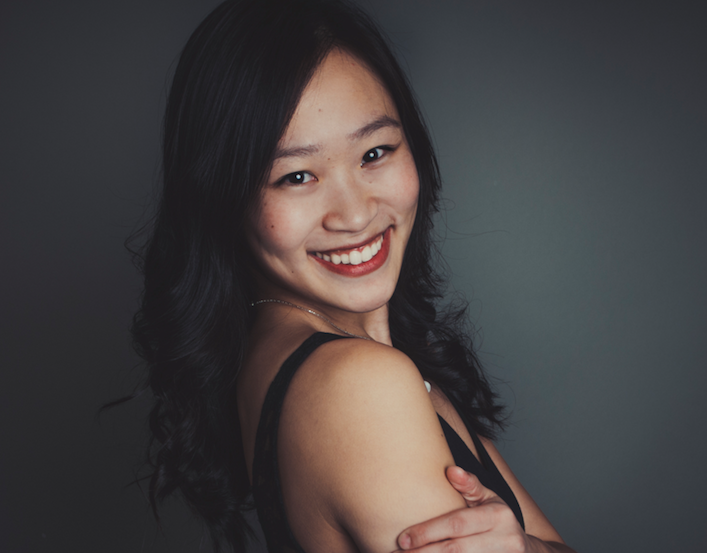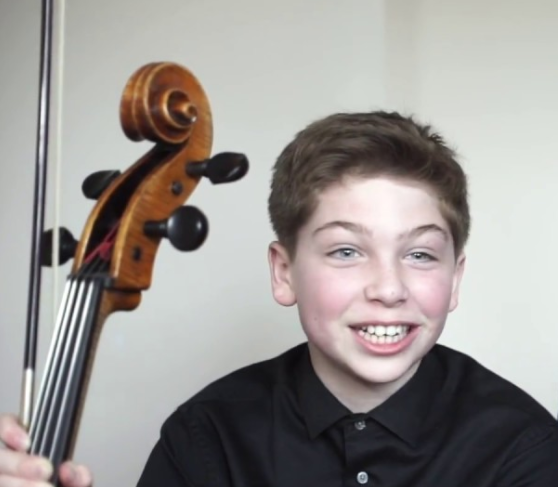Sumi Hwang, soprano, Paul Huang, violin, Todd Phillips, violin, Stephen Waarts, violin, Ida Kavafian, viola, Ziyu Shen, viola, Edward Arron, cello, Myung-Wha Chung, cello, Sang-Eun Lee, cello. Dasol Kim, piano
Alice Tully Hall, Lincoln Center, New York, NY
November 21, 2017
In celebration of the upcoming 2018 Winter Olympic Games to be held in PyeongChang, South Korea, Young Concert Artists (YCA) presented a concert combining the talents of both YCA and the PyeongChang Music Festival at Alice Tully Hall on November 21, 2017. Official mascots of the games, the tiger Soohorang and the bear Bandabi, were in the foyer to greet all, much to the delight of many children (and adults as well!).
YCA, founded and directed by Susan Wadsworth, is now celebrating its 57th season. YCA has launched the careers of hundreds of artists, many of whom went on to world-wide fame. Just to name a few, Emanuel Ax, Murray Perahia, Ida Kavafian, Pinchas Zukerman, and Dawn Upshaw are all YCA alumni. To view the entire roster, and to learn more about YCA, visit www.yca.org
PyeongChang Music Festival is now in its 15th year. Under the artistic direction of Myung-Wha Chung and Kyung-Wha Chung, the festival and school present both Distinguished Artists and Rising Stars series as well as master classes, student and children’s concerts, and conversation with artists.
Before the concert started, both Ms. Wadsworth and Chairman Kim spoke in welcoming the audience. Ms. Wadsworth added the request for the audience to hold their applause between movements and had Mr. Kim translate that request as well. Alas, it was all for naught, as the enthusiastic audience members could not restrain themselves, and the “request” was ignored immediately! In the grand scheme of things, this is not so bad, as it is infinitely better to have an energized audience that “breaks the rules” as opposed to one that claps at the right time, but without any joy.
This was the pairing of two high-powered organizations, so there would be no question about the credentials of the players. The only question that remained was how well they would mesh together, and how the pairings of the “veteran all-stars” with the “rising stars” would work. Suffice it to say, it all worked wonderfully, in the kind of concert reviewers dream about. No need to obsess over spotty intonation and ensemble balance, tug-of-wars between pianists and strings, or wild histrionics. These musicians came to play, and play they did!
Violinists Paul Huang and Stephen Waarts, violists Ziyu Shen and Ida Kavafian, and cellists Sang-Eun Lee and Edward Arron took the stage for the only work on the first half, Tchaikovsky’s Souvenir de Florence, Op. 70. This work, completed in 1890, has nothing “Italian” about it, but is a tribute to Florence, a city Tchaikovsky adored. The combination of younger artists with more seasoned ones was inspired. The insights and wisdom of the veterans Ms. Kavafian and Mr. Arron were clearly apparent, and played off of the youthful energy of Mr. Huang, Mr. Waarts, Ms. Shen, and Ms. Lee. The combined energies and immense technical prowess resulted in a thoroughly engaging performance. The audience members applauded with gusto after each movement, and really let loose at the end. It was an exceptional performance from six outstanding artists.
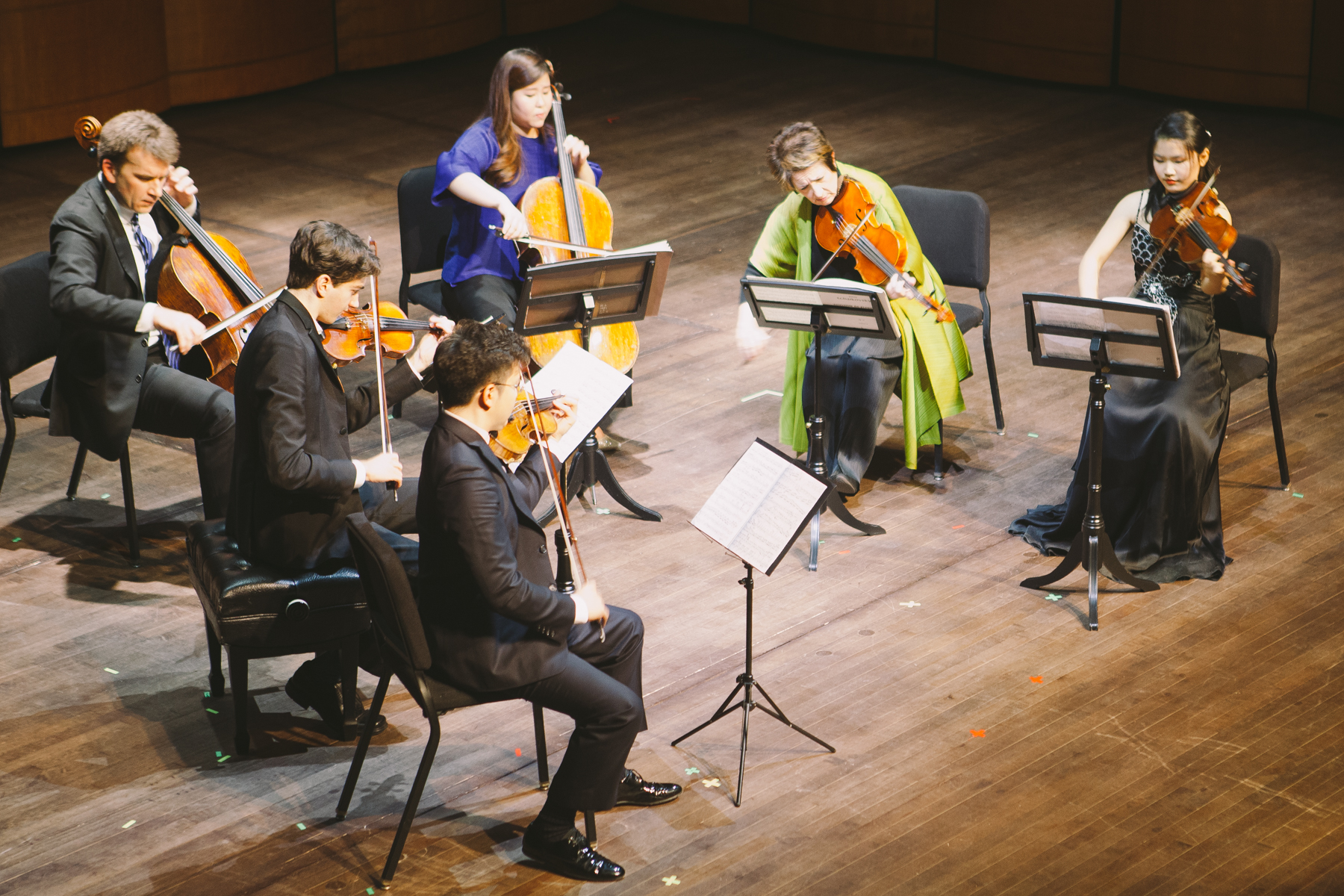
Violinists Paul Huang and Stephen Waarts, cellists Edward Arron and Sang-Eun Lee, violists Ida Kavafian and Ziyu Shen -Photo Credit: Sua Kim
After intermission, soprano Sumi Hwang took the stage with cellist Edward Arron and pianist Dasol Kim for the New York premiere of “Told Tales Sweet as Untold”: Three Poems of Fernando Pessoa for soprano, cello, and piano, by Christopher Berg (b. 1949). Commissioned by the PyeongChang Music Festival, the interesting combination of voice with cello and piano was suggested by arts manager John Gingrich, who had suggested the need for more chamber music for voice with more than just piano accompaniment.
The three Pessoa poems Mr. Berg used were “The Poem,” “The Children’s Poet,” and “Elsewhere.” The “Poem” suggests the creative process of the poet, while “The Children’s Poet” does the same from the perspective of a child. “Elsewhere” is suggestive of a place of paradise. Whether or not that is Heaven is for the reader to decide. In Mr. Berg’s conception, only the cello and soprano are used. Quoting the composer, “The desire to go Elsewhere is one of man’s basic needs – and ultimately, both his hope and tragedy. As the representative of this world of ours, the piano (an instrument that does not ‘sing’) is not to be found in that other world.”
I take strong exception to the composer’s assertion that the piano does not “sing,” and I’m sure that this statement does not endear Mr. Berg to pianists everywhere. If “Elsewhere” does not have pianos, then I will give it a pass and stay “here.” This objection aside, I found “Told Tales as Sweet as Untold” to be work of an intelligent and talented composer. Mr. Berg captures the essence of Pessoa’s poetry with remarkable sensitivity. It poignant and ethereal, innocent and questioning, hopeful and ecstatic. Ms. Hwang has a powerful voice that rang through with utter clarity, even in the problematic acoustics of Alice Tully Hall. She navigated the extreme register without ever slipping into harsh sounds or loss of intonation. Other than the occasional clipped word, her diction was outstanding. Mr. Arron and Mr. Kim were first-rate as well. One also recalls Mr. Kim’s fine playing from the 15th Van Cliburn Competition this past season, and the outcry and justifiable indignation that he was passed over for all but a discretionary award. He is a remarkable talent who will undoubtedly enjoy the career that his gifts afford him.
Despite my reservations about paradise and pianos, the composition “Elsewhere” was indeed spellbinding and as the end faded to silence, the rapt audience waited a moment before bursting into loud applause. Mr. Berg was in attendance and stood to accept the ovation.
The final work of the evening was the sublime Piano Trio No.1 in B major, Op. 8 of Brahms. Written when Brahms was only twenty-years old, this work is filled with all the hopes and stresses that the highly sensitive young composer was experiencing in his life. Mr. Kim joined with violinist Todd Phillips and cellist Myung-Wha Chung, another collaboration of “heavy hitters” that paid off handsomely in a top-notch performance. From the first measures of the noble opening of the first movement, to the mood-shifting scherzo, the heartrending Adagio, and the agitated finale, the players left no idea unexplored and no subtlety overlooked. It was a brilliant performance.
The turbulent final measures in B minor were played with élan, bringing the work to an exuberant close. The audience immediately sprung to its feet. The well-deserved standing ovation went on for several minutes, necessitating several returns to the stage for the fine performers.

